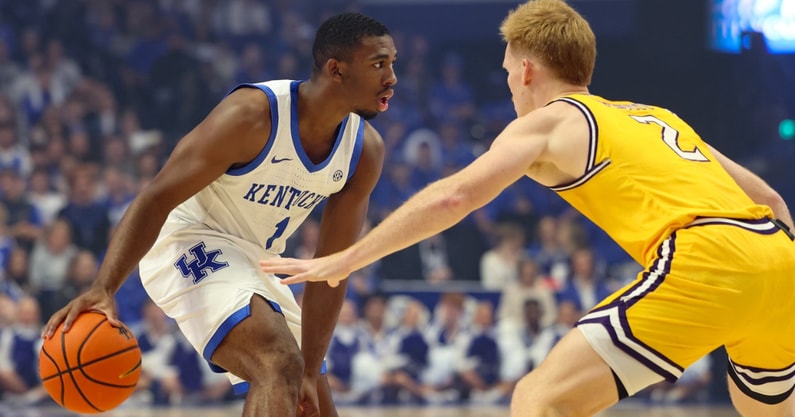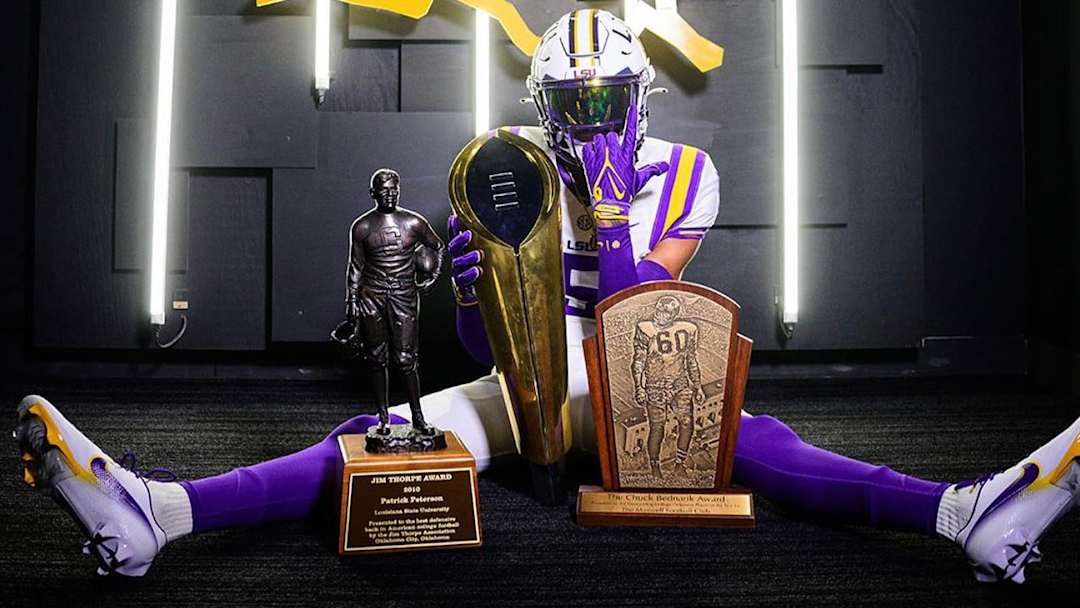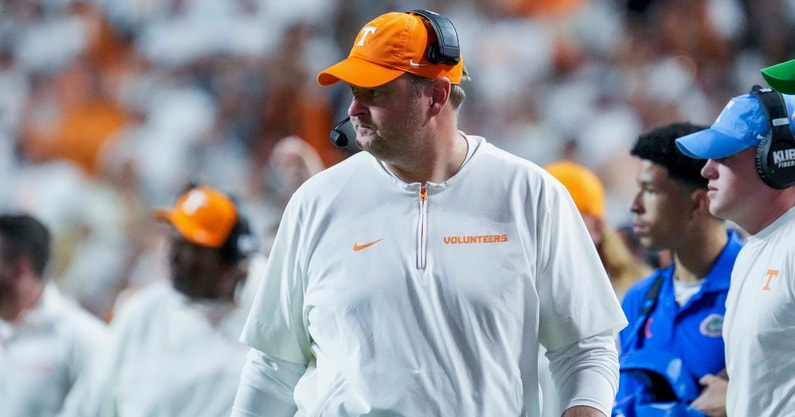
In the world of college football recruiting, few decisions carry the weight of choosing where to play at the highest level. Dawson Merritt, a talented football prospect, recently made headlines by opting to play for the Indiana Hoosiers, a decision that shocked many, considering the heavy interest from elite programs like Alabama. As one of the top recruits in the nation, Merritt had his pick of schools, but his choice of Indiana speaks volumes about what he’s looking for in his collegiate football experience.
Merritt, a standout defensive lineman from the state of Alabama, was expected by many to commit to the Crimson Tide, given the school’s history of dominance in college football and their track record of developing NFL talent. Alabama’s head coach Nick Saban, one of the most successful and respected figures in the sport, personally recruited Merritt, making the decision even more intriguing. Alabama’s allure was undeniable: championships, a legacy of excellence, and a pipeline to the NFL. So why did Merritt choose Indiana, a program that doesn’t have the same level of national prominence as Alabama?
For Merritt, the decision came down to a combination of factors, all of which pointed him toward Bloomington over Tuscaloosa. First and foremost, Merritt has always valued a strong personal connection with the coaches who will help guide his development, both on and off the field. Indiana’s head coach, Tom Allen, played a significant role in building that relationship. Known for his passionate leadership and commitment to developing players as both athletes and people, Allen’s approach resonated deeply with Merritt.
“The coaching staff at Indiana made me feel at home,” Merritt said. “Coach Allen and the rest of the staff truly care about you as a person, not just as a player. It’s important for me to go to a place where I can develop as both a football player and a man. That’s something I feel like I’ll get at Indiana.”
Beyond the coaching staff, Merritt’s decision was influenced by the opportunity for early playing time. At Alabama, competition for spots along the defensive line is fierce, with top recruits flooding into the program every year. At Indiana, Merritt saw a clearer path to immediate impact. The Hoosiers’ defense, while improving, still has room for players like Merritt to come in and contribute right away. The prospect of getting substantial playing time early in his college career was something that weighed heavily on Merritt.
Additionally, Merritt admired the growing culture at Indiana. While Alabama has long been a powerhouse, Indiana has been steadily building under Allen’s leadership, showing signs of becoming a strong contender in the Big Ten. Merritt recognized that he could be a part of something special at Indiana, helping to elevate the program to new heights. For him, being a cornerstone of a program’s rise was a thrilling challenge.
Merritt’s decision is also a reminder that, in today’s recruiting landscape, the allure of tradition and championships isn’t always the driving factor for top-tier recruits. As players become more self-aware and focused on their personal development, the coaching staff, playing time, and the potential for long-term growth often take precedence.
Dawson Merritt’s decision to choose Indiana over Alabama is a testament to the evolving nature of college football recruitment. While Alabama remains a football juggernaut, Indiana’s vision for growth, its emphasis on player development, and the strong relationship Merritt formed with the coaching staff ultimately led him to Bloomington. As Merritt embarks on his journey with the Hoosiers, all eyes will be on how he impacts the program and whether his decision proves to be the right one for both his football and personal development.





